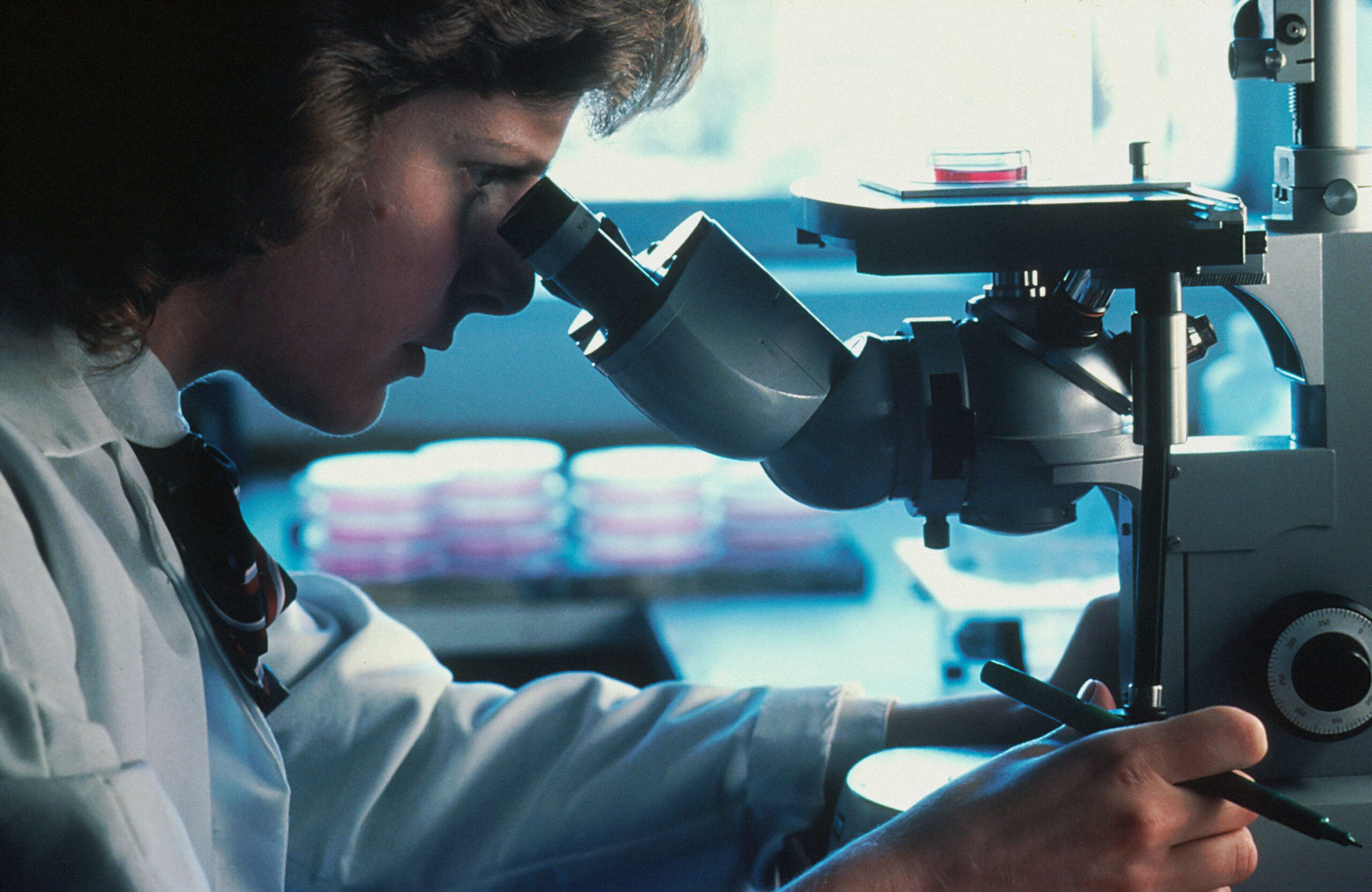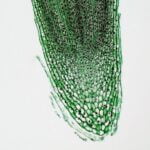Welcome to a world of microscopic wonders! In this article, we will delve into the fascinating realm of microscopes and uncover incredible facts especially curated for curious young minds. Exploring the intricate world that exists beyond our naked eye, we will discover the magic hidden within the lenses, unveiling the secrets of the microscopic universe. So, prepare to embark on an illuminating journey as we unravel captivating facts about the microscope designed specifically for kids. Get ready to be amazed by the enchanting world of microscopy!

Facts About The Microscope For Kids
Hey there, young explorers! Today, we’re going to dive into the marvelous world of microscopes and uncover some fascinating facts that will blow your mind! So, grab your magnifying glasses and get ready for a magical journey through the microscopic realm!
The Invention of the Microscope: Did you know that the microscope was invented way back in the 1660s? Yes, it’s true! A brilliant scientist named Van Leeuwenhoek was the genius behind this incredible invention. He was the first person to discover tiny organisms like bacteria and protozoa using a microscope. Thanks to him, we can now explore the hidden wonders of the microscopic world!
Simple vs. Compound Microscopes: Microscopes come in different shapes and sizes, just like our favorite toys. The earliest microscopes had just one lens, and they were called simple microscopes. But then, in the 1590s, a superstar named Galileo Galilei swooped in and invented the compound microscope, which had two or more lenses. This new type of microscope allowed scientists to see even closer structures and unlock the secrets of the unseen!
The Power of Magnification: Have you ever wondered how close you can get to a teeny-tiny object? Well, thanks to our trusted microscopes, we can zoom in and magnify something by a whopping 1,000 times! Can you believe it? Just try to imagine how mind-blowing it would be to see a grain of sand blown up to the size of a basketball. Microscopes are like magic windows that let us explore the minuscule and reveal the hidden details of the world around us.
The Marvelous Microscopic World: Prepare to be astonished because the microscopic world is bursting with tiny organisms! We have viruses, bacteria, protists, microscopic fungi, and mini-animals roaming around unseen by the naked eye. Without our trusty microscopes, trillions of these amazing creatures would stay hidden from us forever. Thanks to these incredible tools, we can explore an entire universe that exists right under our noses!
Photographing the Microscopic Universe: When we discover something incredible, we often want to capture that moment forever. Well, the same goes for scientists exploring the microscopic realm! Taking pictures of samples under a microscope is called taking a micrograph. It’s like snapping a photo of something invisible and turning it into a magnificent work of art. Imagine having your very own gallery filled with breathtaking micrographs!
The Evolution of Microscopes: Microscopes have been around for a very long time, my curious friends. In fact, they have been used for over 3,000 years to study minute objects! From the simple microscopes of ancient times to the powerful compound microscopes we use today, the journey of these magnificent tools is truly awe-inspiring. Each new development and improvement has allowed scientists to delve deeper into the microscopic world and uncover its endless wonders.
Shedding Light on the Microscopic Universe: So, how do our modern microscopes actually work? Well, today’s compound microscopes use light to illuminate the organisms we want to see. The lenses in a compound microscope work together to multiply the magnification and reveal the hidden details of the microscopic specimens. It’s like having a team of superheroes joining forces to help us unravel the secrets of the tiny world!
Remember, my young adventurers, microscopes are not just fancy gadgets. They hold the power to unlock the hidden wonders of the microscopic universe that surrounds us. With these incredible tools, we can peer into a realm where viruses, bacteria, and minuscule creatures thrive. So, keep exploring, keep questioning, and let the magic of the microscope lead you to endless discoveries!
“In the tiniest of details lies the grandest of adventures.”
Microscopes are fascinating instruments that have revolutionized our understanding of the world around us. Whether you’re a scientist, a student, or simply curious about the microscopic world, you’ll be captivated by these intriguing facts about the microscope. Click here to uncover the secrets and marvel at the wonders that can be revealed through the lens of a microscope. facts about the microscope
Facts About The Microscope For Kids
Did you know that microscopes are not just for scientists? They can be a fascinating tool for kids too! If you want to learn some incredible microscope facts for kids, click here for an exciting journey into the tiny world of microorganisms.
Looking for fun facts about microscopes for kids? Look no further! Click here to uncover the secrets of this amazing scientific instrument and discover how it has revolutionized our understanding of the world around us.
Are you ready to dive into the world of microscopes with your little ones? Click here to explore some interesting facts about microscopes for children and ignite their curiosity about the hidden wonders of science.
Throughout history, the microscope has opened up new realms of knowledge and sparked countless scientific advancements. Don’t miss out on the opportunity to introduce your children to this captivating instrument. Click on the links above to learn more about microscope facts for kids, fun facts about microscopes for kids, and interesting facts about microscopes for children. Happy exploring!
Microscopes: Unlocking the Hidden Wonders of the Microscopic Universe
[youtube v=”Giw_EdwOZnM”]
Introduction
Throughout history, humans have always been driven by the urge to explore and understand the world around them. From the vastness of outer space to the tiniest particles that make up our existence, our curiosity knows no bounds. In our quest for knowledge, we have developed various tools and technologies that have enabled us to delve deeper into the mysteries of the universe. One such marvel of human ingenuity is the microscope.
Unveiling a New World
In the 17th century, an inventor by the name of Van Leeuwenhoek revolutionized the field of science by inventing the microscope. This groundbreaking device allowed scientists to examine the world in microscopic detail, revealing a hidden universe teeming with life and marvels.
Functions of a Microscope
All microscopes perform three primary functions: magnification, illumination, and focusing. By utilizing lenses, microscopes magnify the objects under observation, allowing us to see tiny details that would otherwise be invisible to the naked eye. A microscope also illuminates the specimen, providing enhanced visibility, and allows the viewer to focus on specific areas of interest.
From Magnifying Glasses to Compound Microscopes
Before the invention of the optical microscope, simple magnifying glasses were used to enlarge objects. However, it was the compound microscope, equipped with multiple lenses, that truly transformed the world of science. These complex instruments could magnify objects by up to a thousand times, revealing a universe of intricacies beyond our imagination.
A Window into the Microscopic Universe
The microscopic world is a fascinating realm filled with a multitude of tiny organisms, such as viruses, bacteria, protists, and microscopic fungi. Through the lens of a microscope, we can witness the intricate structures and behaviors of these minuscule life forms. Scientists have captured these remarkable observations in the form of micrographs, or pictures taken under a microscope, providing a visual record of this hidden world.
Lighting the Way
In the modern era, compound microscopes rely on light to illuminate organisms and reveal their hidden details. This illumination is achieved through various methods, such as using transmitted light from below the sample or reflected light from above. The techniques employed depend on the type of specimen and the desired level of clarity.
Ancient Origins, Modern Exploration
The invention of the microscope dates back over 3,000 years, with ancient civilizations using crude forms of magnification to study minute objects. Over time, these rudimentary devices evolved into sophisticated instruments capable of capturing breathtaking imagery and unraveling the secrets of the microscopic universe.
Unleashing the Wonder
Microscopes serve as gateways to a realm that is otherwise invisible to human sight. They grant us the power to explore the hidden wonders of the microscopic world and unravel its mysteries. By harnessing the capabilities of these remarkable devices, scientists continue to push the boundaries of knowledge and embark on new scientific discoveries.
As Dr. Albert Szent-Györgyi once said, “Discovery consists of looking at the same thing as everyone else and thinking something different.” Through the lens of a microscope, we are encouraged to observe with a fresh perspective, to question, and ultimately, to unveil the extraordinary hidden within the ordinary. Let us embrace the spirit of curiosity and embark on this mesmerizing journey into the microscopic universe.
FAQ
Question 1: Who invented the microscope?
Answer 1: The microscope was invented by Van Leeuwenhoek in the 1660s.
Question 2: Who is credited with coining the term ‘microscope’?
Answer 2: The term ‘microscope’ is attributed to Galileo Galilei.
Question 3: What is the difference between a simple microscope and a compound microscope?
Answer 3: The earliest microscopes had only one lens and are called simple microscopes, while compound microscopes, invented in the 1590s, have at least two lenses.
Question 4: What can be seen with the help of a microscope?
Answer 4: A microscope can distinguish close structures and allow us to see the microscopic world, which includes viruses, bacteria, protists, microscopic fungi, and mini-animals.
Question 5: How powerful can a light microscope magnify an object?
Answer 5: Light microscopes are so powerful that they can magnify something by up to 1,000 times.
















